That and a ridiculous number of space saving inventions.
The Japanese LOVE space saving inventions—and how could they afford not to?!
We crossed one of the numerous gorgeous bridges which stretch across the Kamogawa River, and stumbled upon a pair of obachans, or little old ladies, selling vegetables which they had grown in their own garden.
Not only were they delighted to talk to us, but one of them went out of her way to speak with me, and exclaimed to Hisako how lucky she is to have such a kind and handsome man—LOL!
She then proceeded to feed us samples of the bento which she had made for her own lunch, and quickly escalated her comestible assault by shifting from placing morsels into our hands to feeding them directly to me with her chopsticks.
It was incredibly adorable.
As we departed, she bid us return next year to show her our baby, which she was sure we would have on hand by spring.
As we pressed deeper into Gion, we began to see more temples, more shrines, more old-style architecture.
Rickshaws quietly rolled passed, and couples dressed in kimonos strolled by hand in hand.
Apparently in the past, holding hands in public was not commonly done in Japan, but new generations are a little more comfortable showing their affection in public places. Love conquers all, even such conservative sensibilities as have been left over from the samurai era.
Of course, it is difficult to imagine not succumbing to such impulses in a place so romantic as Kyoto.
In addition to its rich history, Kyoto is known for it’s fine arts, great food, and sophistication.
Through the various shop windows, we witnessed traditional foods being lovingly prepared by cooks, and shops specializing in various crafts, including a shoe shop selling traditional sandals, and a kimono tailor.
As we neared Kiomizudera, snow began to fall.
Koji-San purchased umbrellas for us, including one for me which looked like a ninja sword (FUCK YES!!!).
(Photos taken after returning to Koji-San’s dormitory for illustration purposes.)
As the snow was intermittent, I would occasionally make recourse to the strap with which the nylon umbrella scabbard was equipped, deigning to carry the umbrella across my back, at which people who walked by would occasionally remark, “Ninja!” as they passed.
I call it a win.
One of the many remarkable aspects of Japan is the immense number of small shops, restaurants, souvenir and food stands which exist everywhere, each always perfectly appropriate to their specific locale.
They cook local specialties, offer items made by local artisans, or serve up dishes associated with specific stories or legends from the temples and shrines in or near which they are found.
In particular, Koji-San treated us to tofu manjyuu, which is hands down the most delicious thing I have ever eaten.
Ever.
Next time you find yourself in Japan, go to Kiomizudera, and eat tofu manjyuu. Do this before you die. Book a ticket right now. It will make existence worthwhile.
In Japan, Shinto shrines are designated for joyful events, while Buddhist temples are reserved for more somber occasions, and yet despite this dichotomy, Shinto shrines and Buddhist temples frequently exist in conjunction in Japan, Kiomizudera being no exception.
Wishes, written by visitors upon wooden charms available for purchase nearby, were hung upon a specially designated wall at the entrance of the temple grounds.
We wandered through the ornate building, and at length arrived upon an expansive open air deck looking over the temple grounds far below, the lights of Kyoto city glowing in the distance.
By this time it was too dark for any decent landscape photos, as my camera is actually my iPhone, but take my word for it when I tell you that the effect was breathtaking.
Countless others, also attempting unsuccessfully to take photos of the gorgeous scene, all took turns moving to the railing and photographing themselves.
One particular gaggle of about a half dozen young ladies were even attempting, quite hopelessly I’m sure, to take a photo of their entire group at arms length when I intervened in caveman Japanese by offering to play cameraman. They happily agreed, and I snapped a couple of shots with a white iPhone encased in a pink Hello Kitty case.
I handed the overwhelmingly girly device back to the young lady from whom it had been abducted, politely deflected their thanks and praise according to Japanese custom, and took my leave.
As I walked away, one of them called out, “I ruv yiu!!”, to my and the Princess’ no small amusement.

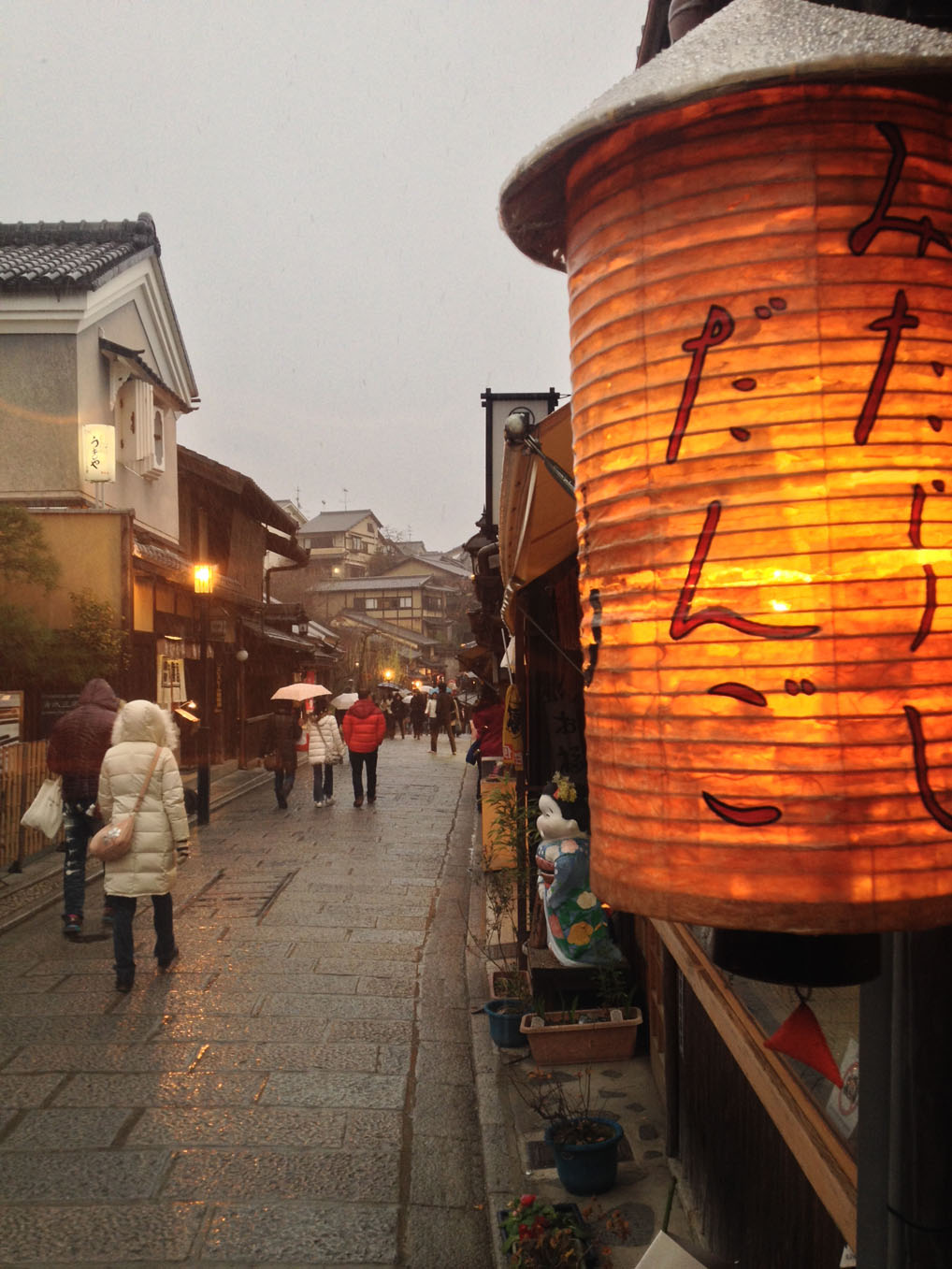
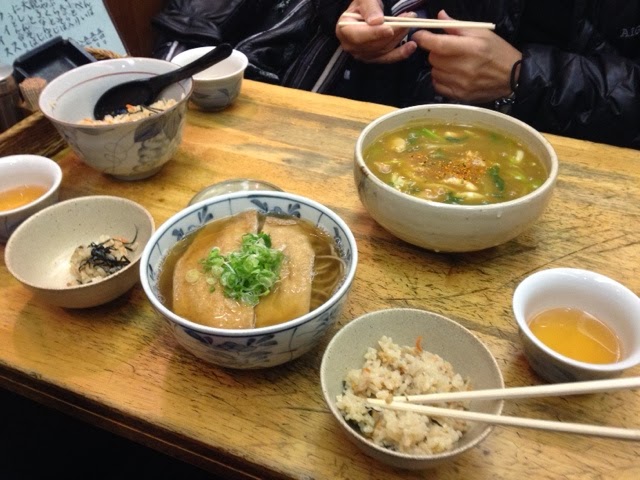
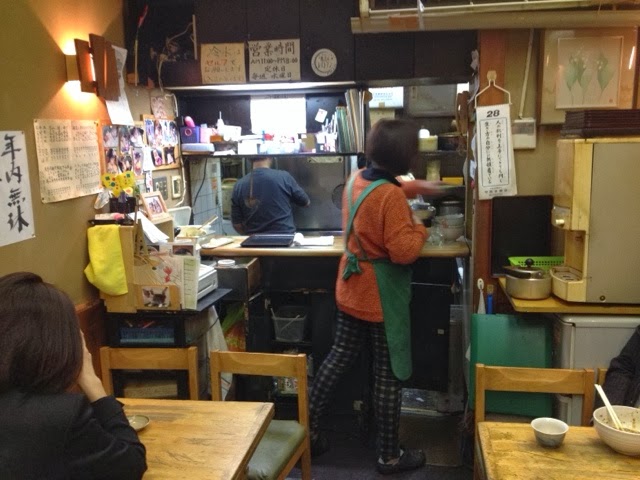
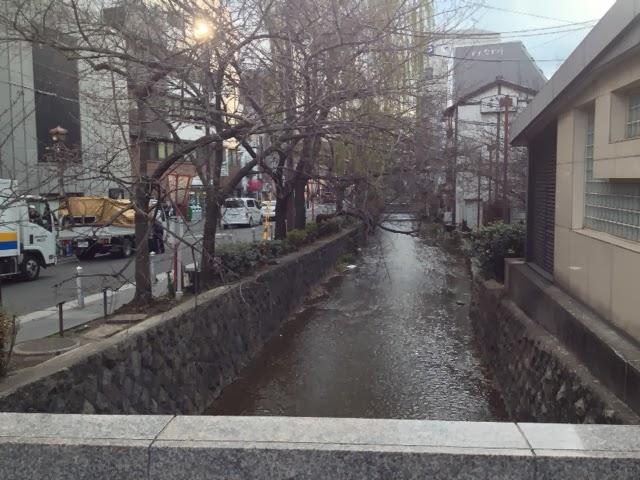
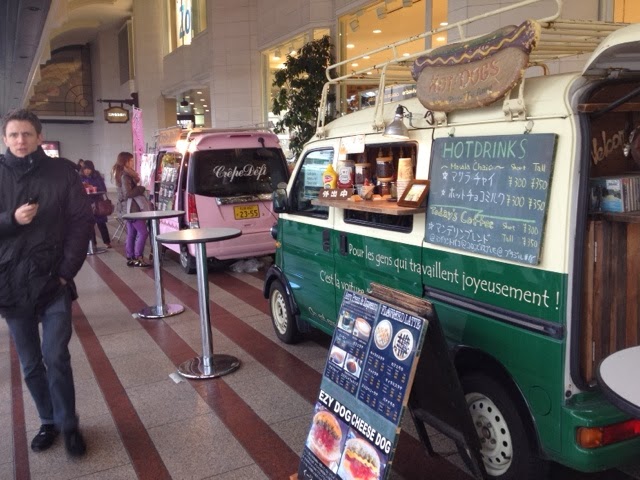
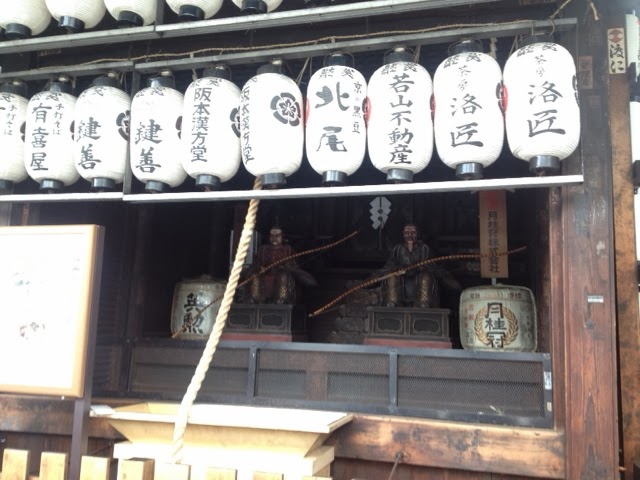
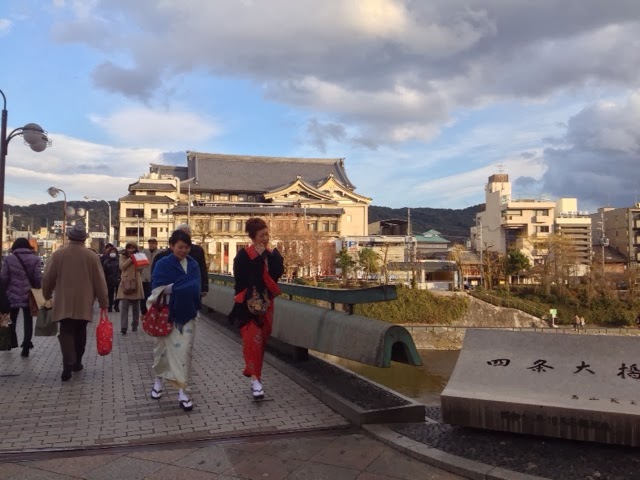
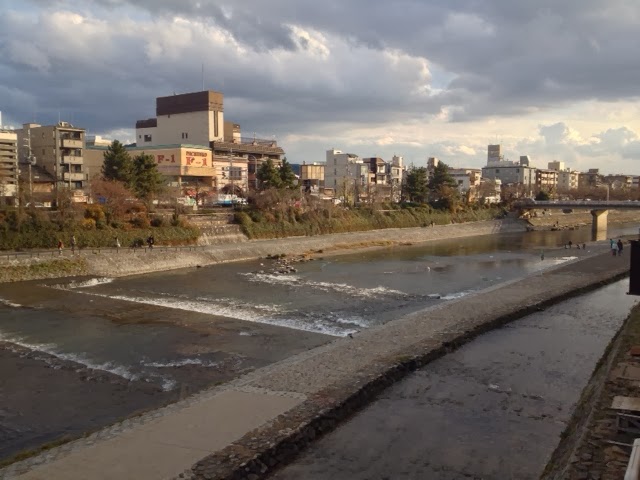



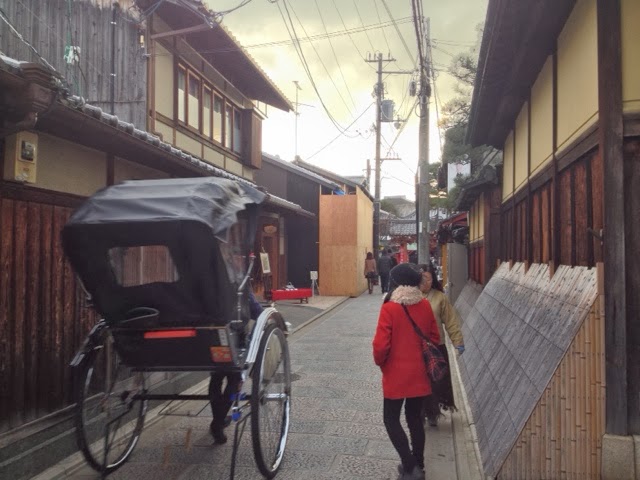
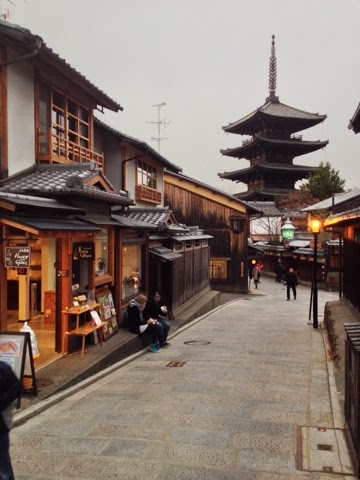
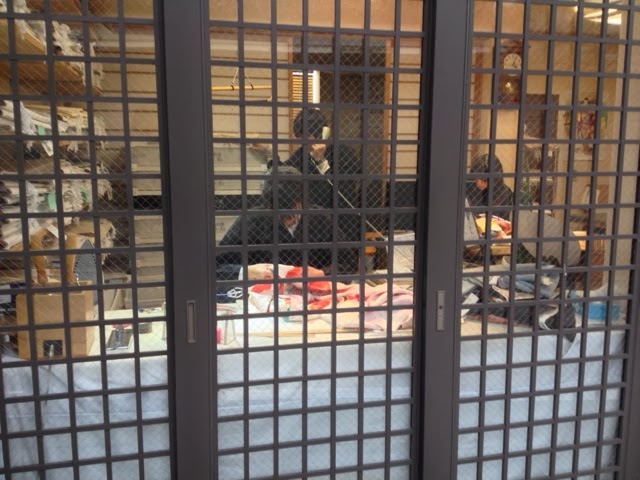




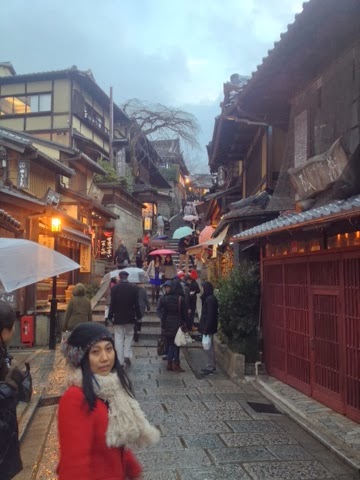
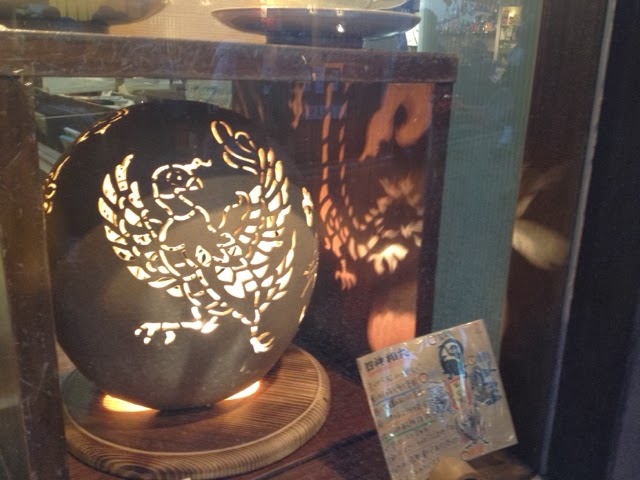
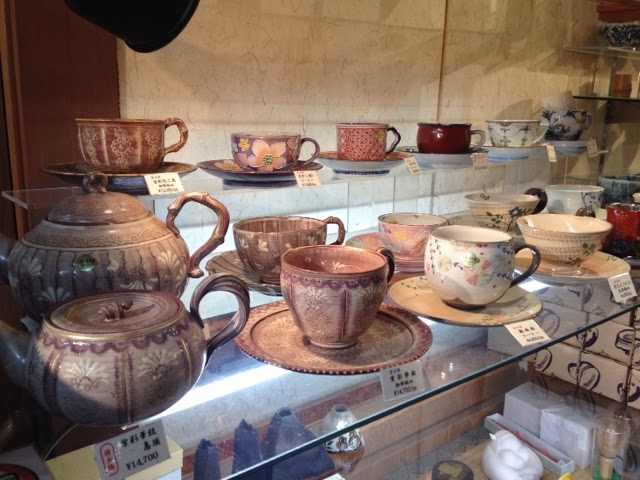

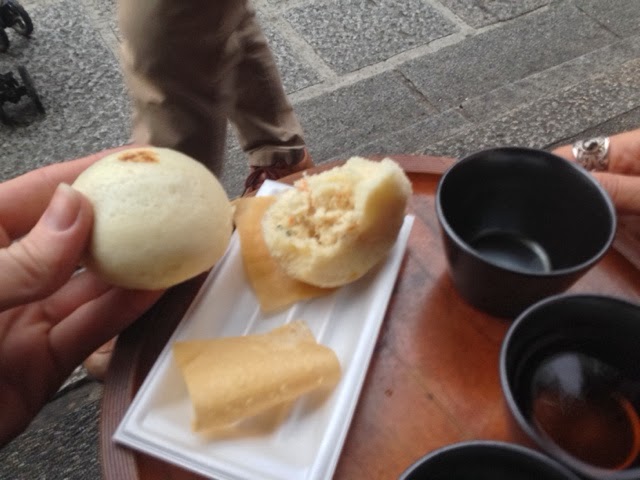
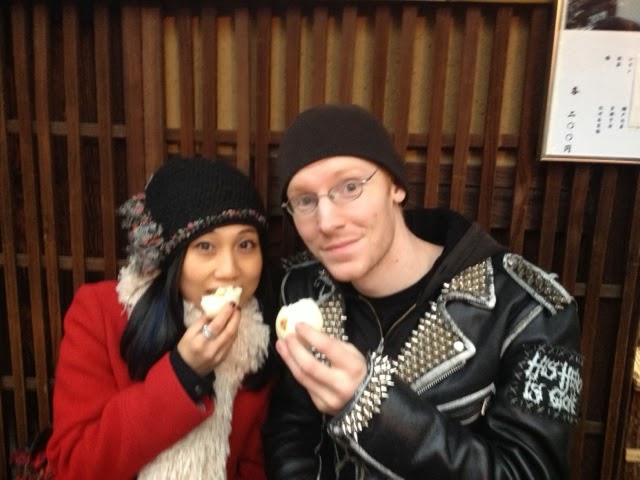
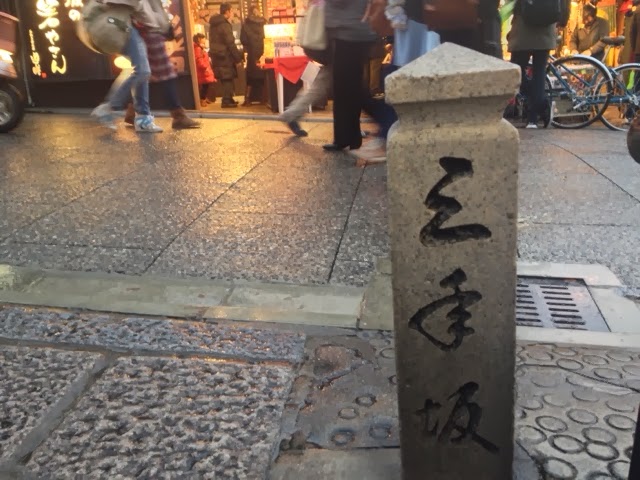
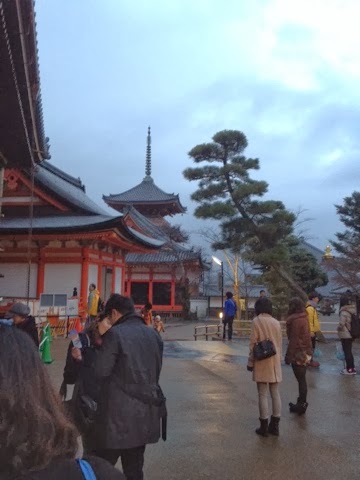
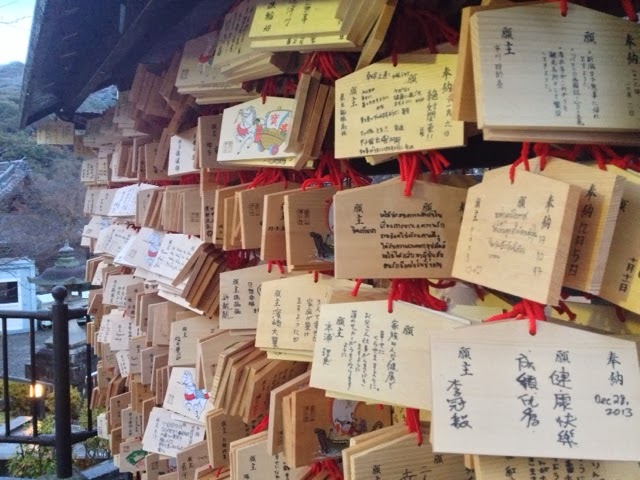

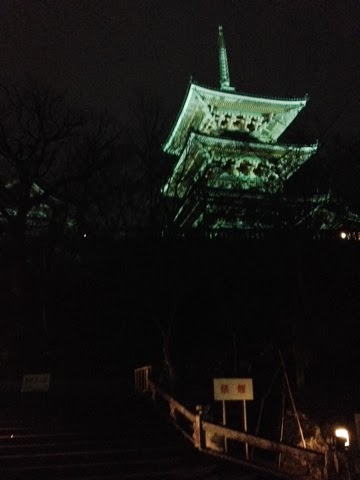
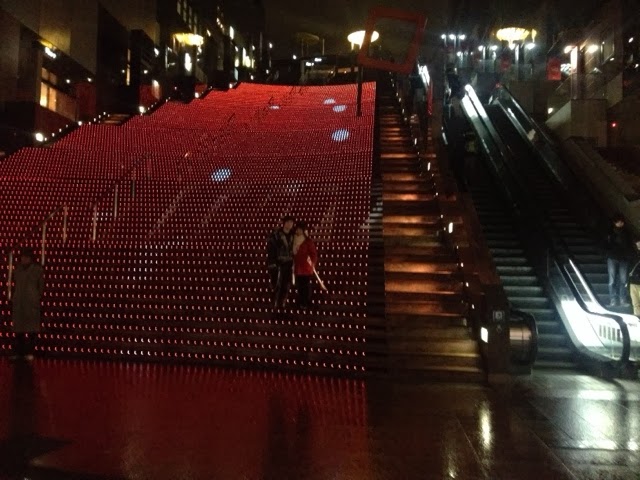
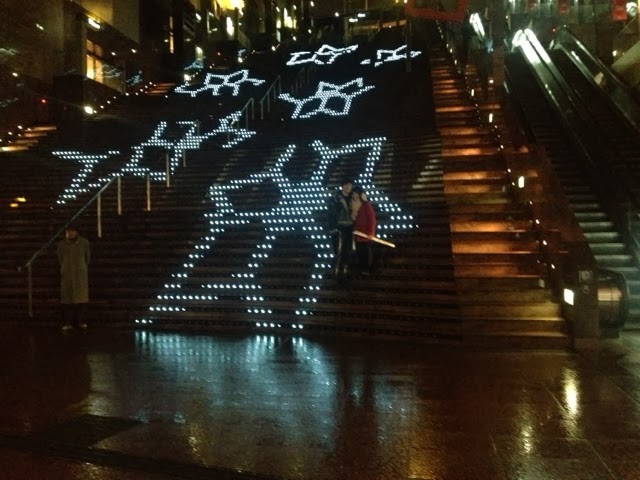
Rickshaws always remind me of my mother. She told me she used to ride in them for transportation when she was a little girl in China. But my grandfather always walked. She said a rickshaw would follow him in case he got tired or the weather turned foul. And he always paid them because that was the kind of man he was.
Ninja sword umbrella!!! Yata-ne!!!